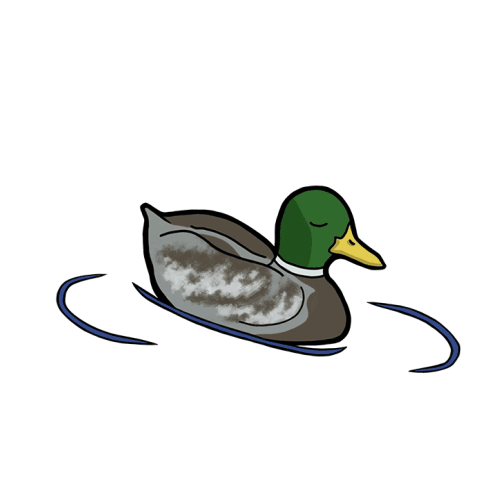Chrissy Ewald
Managing Editor

“I walk on campus now and there's a lot more energy. There's a lot more life.” Ben Royer (‘24) has been a student ambassador at Willamette’s Office of Admission since Spring 2022, a time period of renewed activity and possibility for the office and its employees. The Office of Admission, always busy, is now adapting to a new stage of the pandemic, one in which in-person events are possible again and students seem excited about going to college.
Willamette welcomed its largest freshman class [in seven years] this fall. At the beginning of Opening Days, the College of Arts and Sciences accepted 529 new Bearcats to campus. After two years of COVID-impacted enrollment numbers and during a nationwide [decline in college enrollment], Willamette seems to be returning to a sort of normal.
“Our goal for this year was not that high, although you know, being in the 500-to-525 range is not an atypical number for Willamette at all,” said Sue Corner, Willamette’s dean of admissions. “Our general infrastructure at Willamette is set up to accommodate this number of [new] students, particularly when it comes to housing.” Corner said housing and course availability are the primary concerns when enrollment rises.
The university has taken several measures to accommodate new students. First-years are being housed in Kaneko’s A wing, while usually, the Eastside dorms of Baxter and Matthews are the only first year dorms. Kaneko’s cafeteria was temporarily for grab-and-go breakfast, the first time it has been open since the university shut down in March of 2020. Kaneko residents were sent an email on Sep. 21 that the cafeteria was being closed. Blitz Market is serving lunch to mitigate long lines at Goudy, which was especially busy during Opening Days.
Willamette has also hired over forty new faculty and staff, according to the list of new employees announced in the [August 17 Today @ Willamette]. The majority of these are adjunct professors, meaning that they are hired to work part-time on a short-term contract.
Corner credited the high yields to high attendance at in-person events, an increase in admissions staff calling families to personally connect and answer questions, and tour guides pitching new programs, including the merger with PNCA and the new business major taught by faculty from the Atkinson School of Management. “Some of that outreach felt a little bit different this year and there was just more of a connection. People are so desperately seeking connection right now in the world,” Corner said. Royer agreed: “I think if I'm a prospective student and I can get to go and explore that college and meet people firsthand, in person, I think that that significantly increases your chances of wanting to be a part of that community.”

Attending in-person events can make or break a prospective student’s decision to attend a particular college. Corner supplied The Collegian with admissions numbers comparing this year to previous years. In recent years, an average of 45% of admitted students who attend an in-person event like Bearcat Days end up coming to Willamette. This year, the yield from Bearcat Days was 57%, over ten points higher. Access 2 Excellence, a Willamette program that flies admitted students from underrepresented backgrounds to campus and covers the expenses of their visit, yielded 61%. Willamette also admitted 41 transfer students this year, six over their goal of 35. “It is very hard to attribute these trends. It's hard to know why these things happen, in part, because we're dealing with, you know, 17- and 18-year-olds who can make decisions based on things that we can't anticipate necessarily. It can be based on this idea of general buzz or vibe, you know, atmosphere,” said Corner.
Another aspect of high enrollment this fall is lack of “melt,” which is when students who commit drop or defer over the summer. In a typical year, Willamette experiences an average 10% melt. Early deposits are particularly high-melt, and since WU had an unusually high number of early deposits this past spring, Corner said admissions expected a 12% melt. The actual melt was half of that, a mere 6%, half of which was deferrals rather than drops.
“I spoke with a group of independent counselors in Portland last year about some of these new programs,” said Corner. “There's just a buzz about Willamette right now among the counselor population--just a really positive sense about the things that we're doing, the forward-thinking nature of Willamette. There's just this excitement.”
About admissions next year and going forward, Corner said, “I think this is sort of the comfortable place for the College of Arts and Sciences, given new programs and additional offerings that we have. We want to make sure that we have the right number of students to fill those and other activities. And so yes, this is where we would like to be going forward.”


Comments